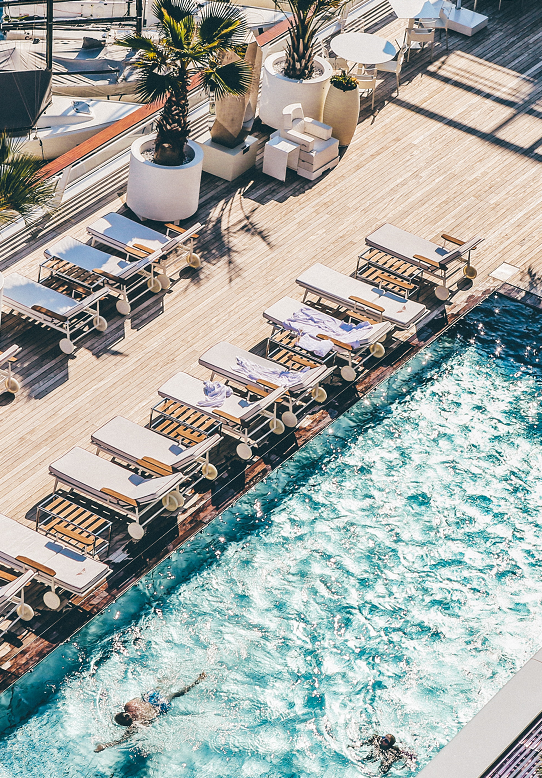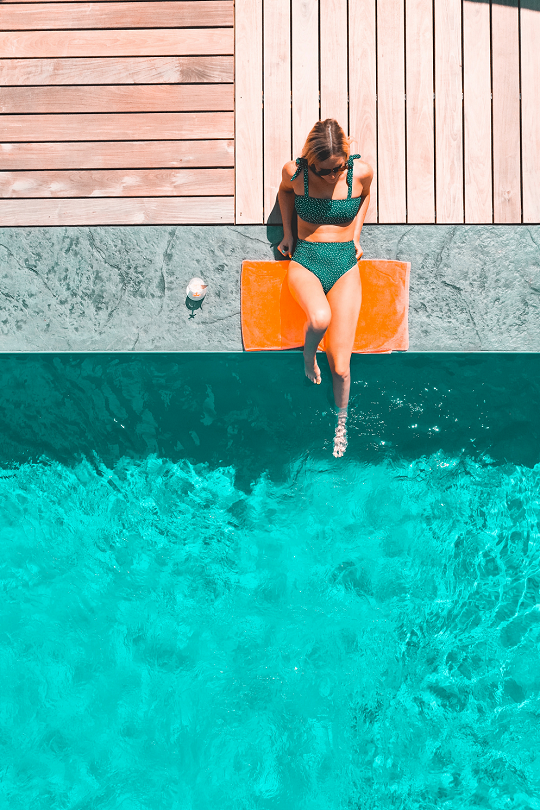
Taylor Test Kit sureCHECK Safety Plus, Alkalinity/Bromine & Chlorine (hi range), OT/pH 9 (Trouble Shooter)
Taylor’s sureCHECK™ test kits are designed for spa and pool owners who have low bather loads and test their water between visits from a service technician or trips to their pool supplies store. This series uses the same quality reagents as Taylor’s kits for professional analysts. Buyers have a choice of three progressively more sophisticated models: Safety™ Test, Safety Plus™, and Total Balance™, as described below. Every sureCHECK kit is available in our classic case—the solid blue, injection-molded plastic kit which is so durable it can be refilled season after season. Tabs on every case make them easy to hang from hooks.
| Analyte | System | Method/Chemistry | Standard/Equivalance or Description | Comparator | Cell |
|---|---|---|---|---|---|
| Alkalinity, Total | Drop test | Blended indicator | 1 drop = 10 ppm total alkalinity as CaCO?éâ | NA | 4034 |
| Bromine, Total | Residential Series comparator | OT | 1, 2, 4, 6, 10 ppm bromine (Br?éé) | 9781 | NA |
| Chlorine, Total | Residential Series comparator | OT | .5, 1, 2, 3, 5 ppm chlorine (Cl?éé) | 9781 | NA |
| pH w/ acid/base demand | Residential Series comparator | Phenol red | 6.8, 7.2, 7.5, 7.8, 8.2 | 9781 | NA |
| Test Parameter | Description |
|---|---|
| pH | Iron > 10 ppm may cause negative interference. |
| pH | Sanitizer levels > approx. 10 ppm may cause a blue-purple color resulting in false high readings. Wait for sanitizer level to decrease to normal levels and retest to assure an accurate reading. |
| Total Alkalinity | High halogen level may change indicator reaction from green/red to blue/yellow; to prevent, add thiosulfate prior to testing. |
REAGENT SHELF LIFE
All reagents have a shelf life, whether they are liquids, powders, crystals, tablets, or test-strip pads. If kept dry, powders and crystals are very stable; acids are also long lived. Date of manufacture is not the controlling factor when it comes to shelf life—storage conditions are more important. As with all perishables, reagents are sensitive to environmental influences and will last longer under controlled conditions.
To this end, we recommend:
- Storing reagents at a consistent temperature in the range if 36°–85°F (2°–29°C); extreme temperature fluctuation, say from a refrigerator to a hot car trunk, causes reagents to deteriorate.
- Keeping them out of prolonged direct sunlight. (Note: their brown plastic bottles help protect very light-sensitive reagents.)
- Segregating reagents from containers of treatment chemicals.
- Replacing caps immediately and tightening them carefully so that exposure to air and humidity is limited.
- Avoiding switching bottle caps, placing bottle caps on soiled surfaces, repouring reagents into contaminated containers, or touching test strip pads.
Taylor formulates its reagents to remain effective for at least one year, with only very few exceptions (molybdenum indicator in liquid form is one; after four months old it should be tested against a standard periodically). As a general precaution, replace all reagents more than one year old, or at the beginning of a new testing season.
Additional Information
Kit Instruction
Product Brochure
Videos Hide Videos Show Videos
-

Choosing the Water Test Kit That’s Right for You
Taylor’s Residential Series kits are perfect for homeowners wh...
-

OT vs. DPD: What’s the Difference?
Both OT and DPD are used to test the sanitizer level in pools ...
-

Testing Pool/Spa Water: When to Replace Reagents
Deteriorated or out-of-date reagents can cause inaccurate test...














